Japan has a plan to beam energy down to Earth from space
A satellite no bigger than a washing machine could soon take a major step toward reshaping the future of clean energy. Japan is preparing to … The post Japan has a plan to beam energy down to Earth from space appeared first on BGR.


A satellite no bigger than a washing machine could soon take a major step toward reshaping the future of clean energy. Japan is preparing to launch a spacecraft that will send solar energy wirelessly from orbit to Earth. The satellite will beam down the solar power it captures, where receivers will convert it into usable energy.
The project, called OHISAMA (Japanese for "sun"), will launch sometime in 2025. Weighing just 400 pounds, the satellite will enter low Earth orbit at about 400 kilometers (roughly 250 miles) above the planet. Once there, it will collect sunlight using a two-square-meter solar panel and convert that power into microwaves.
These microwaves will then be beamed down to an array of antennas in Suwa, Japan, where the energy will be captured and converted back into electricity. The initial output will only be about one kilowatt—just enough to run a coffee maker or power a dishwasher for an hour.
While modest, the test's possible success will have far-reaching implications. This marks one of the first real-world tests of what could eventually become a solar power beam network capturing solar energy in space and then delivering it down to Earth.
The concept could deliver energy day and night, unaffected by weather, clouds, or the darkness of Earth’s rotation. These are all currently variables that greatly affect the amount of energy modern-day solar panels generate. But the concept of transmitting solar energy from orbit isn't new.
The idea of a solar beam that transmits energy from space to Earth was first proposed in 1968 by Peter Glaser, an engineer working with NASA during the Apollo era. At the time, it was considered wildly impractical. The satellites required would have been enormous, the launch costs prohibitive, and the energy transmission technology was still in its infancy.
But over the past decade, everything has changed. Advances in lightweight materials, microwave transmission, and cheaper launch systems have made the dream of harvesting solar energy in space significantly more realistic. That's thanks in large part to innovations like SpaceX’s reusable rockets.
Japan’s OHISAMA satellite is designed to serve as a proof of concept that solar power beam technology is possible. Thirteen ground receivers covering a 600-square-meter area will capture the microwaves it beams down. The experiment will test not only the ability to beam solar energy accurately from orbit, but also how well ground systems can receive and convert that energy into usable electricity.
And Japan isn’t the only nation chasing this technology. In 2020, the U.S. Naval Research Laboratory launched its own space-based power experiment called PRAM, and in 2023, Caltech followed with a low-cost prototype known as MAPLE. Each of these efforts aims to validate different aspects of solar energy transmission from orbit to Earth.
Together, though, they’re laying the foundation for a future where satellites could form a global solar power infrastructure. Still, significant hurdles remain. One of the largest is cost. NASA estimates that producing electricity via space-based systems could be more than ten times as expensive as Earth-based solar or wind power.
Considering how much NASA's budget is currently proposed to be cut, and how many missions are on the line, this kind of future solar energy concept is likely not to get much traction from the agency for some time, as it focuses on other mission priorities. Of course, others could step up like they have in the past to push the concept further.
A satellite moving at 17,400 miles per hour must beam solar energy to a stationary target below, requiring precision tracking and potentially massive receiver arrays that span kilometers. Thankfully, OHISAMA isn’t trying to solve all of those problems at once.
Instead, it’s laying the groundwork for what might one day be a global grid powered by space. If successful, future versions of the satellite could scale up to provide continuous, renewable energy from orbit, offering a clean and consistent source of power even when the sun isn’t shining on Earth.
The post Japan has a plan to beam energy down to Earth from space appeared first on BGR.
Today's Top Deals
- Best Apple deals for May 2025
- Best Fire TV Stick deals for May 2025
- Today’s deals: $720 Apple Watch Ultra 2, $6.50 Anker fast chargers, $35 2K camera drone, Fitbit sale, more
- Today’s deals: $4 iPhone chargers, 51% off Beats Studio Pro ANC headphones, $80 Roku Ultra, more
Japan has a plan to beam energy down to Earth from space originally appeared on BGR.com on Fri, 16 May 2025 at 11:36:00 EDT. Please see our terms for use of feeds.










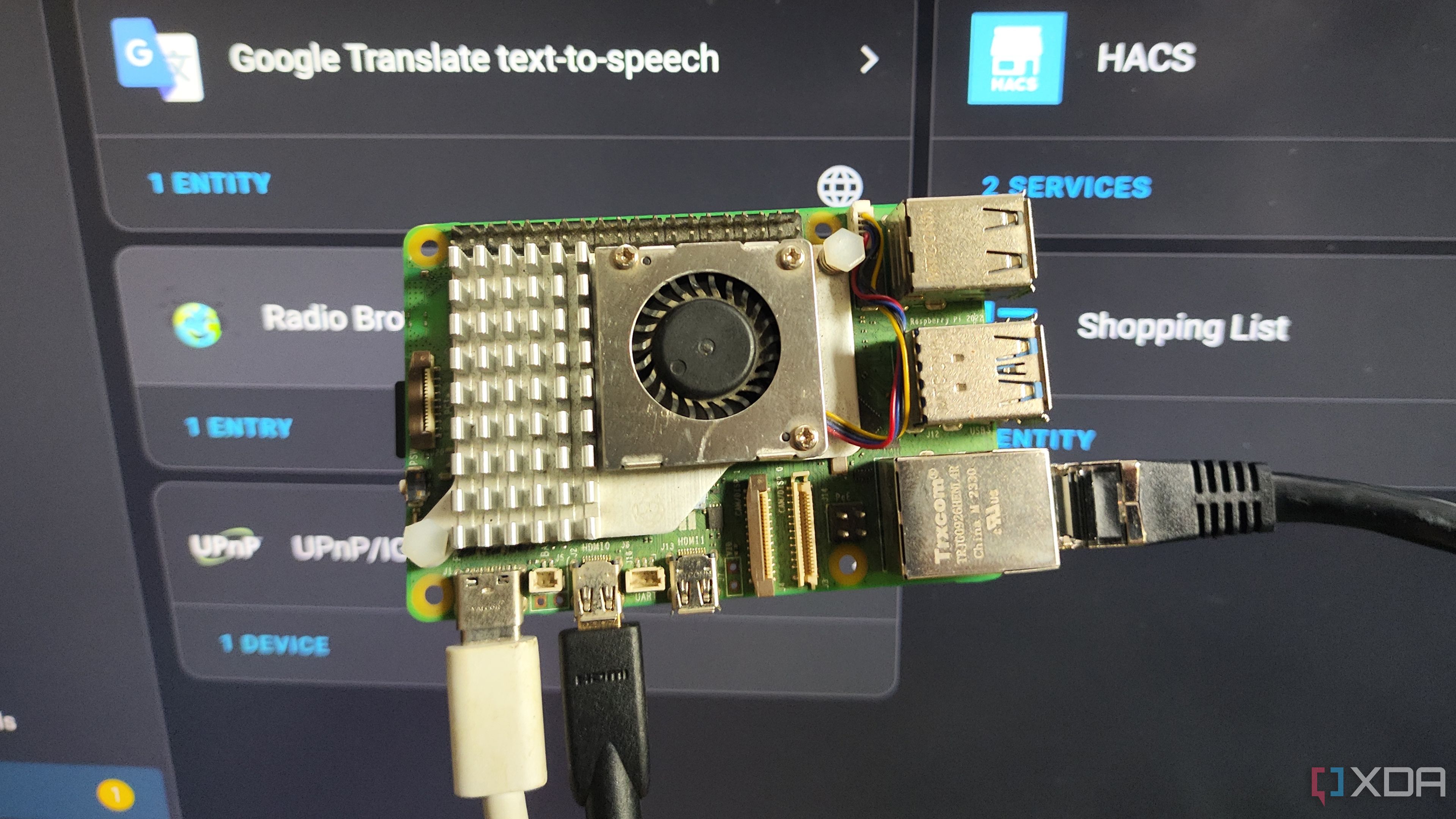
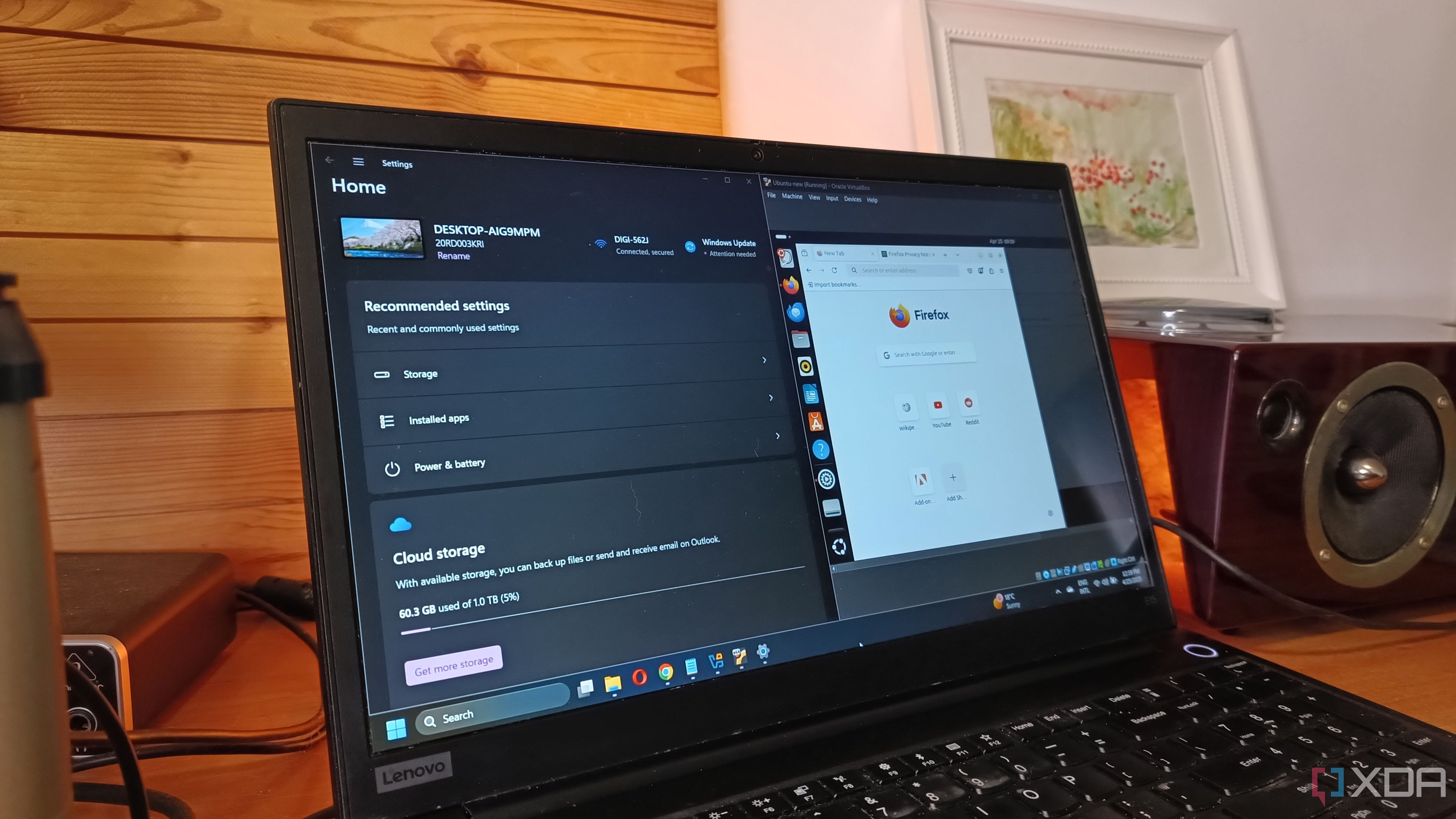
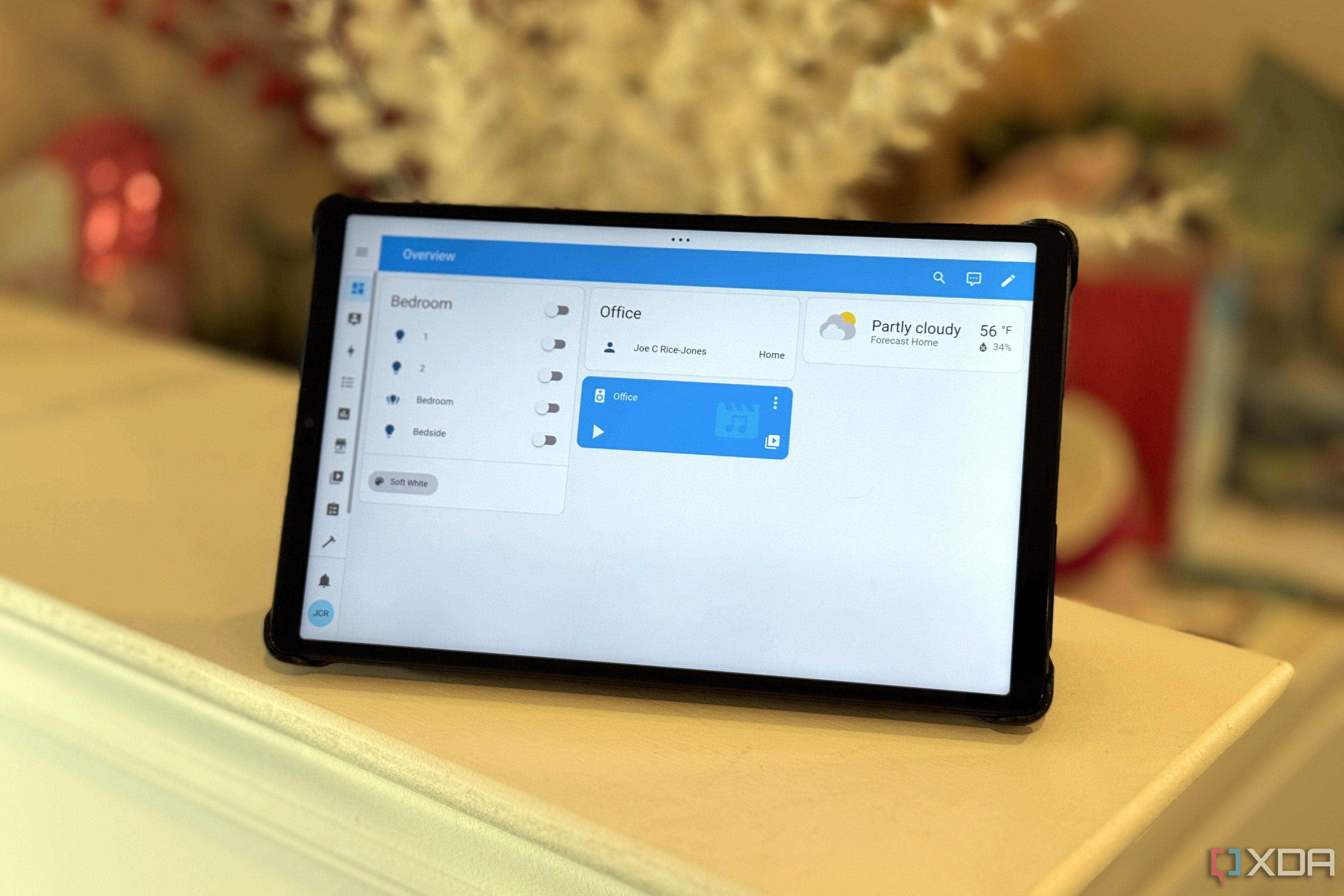
















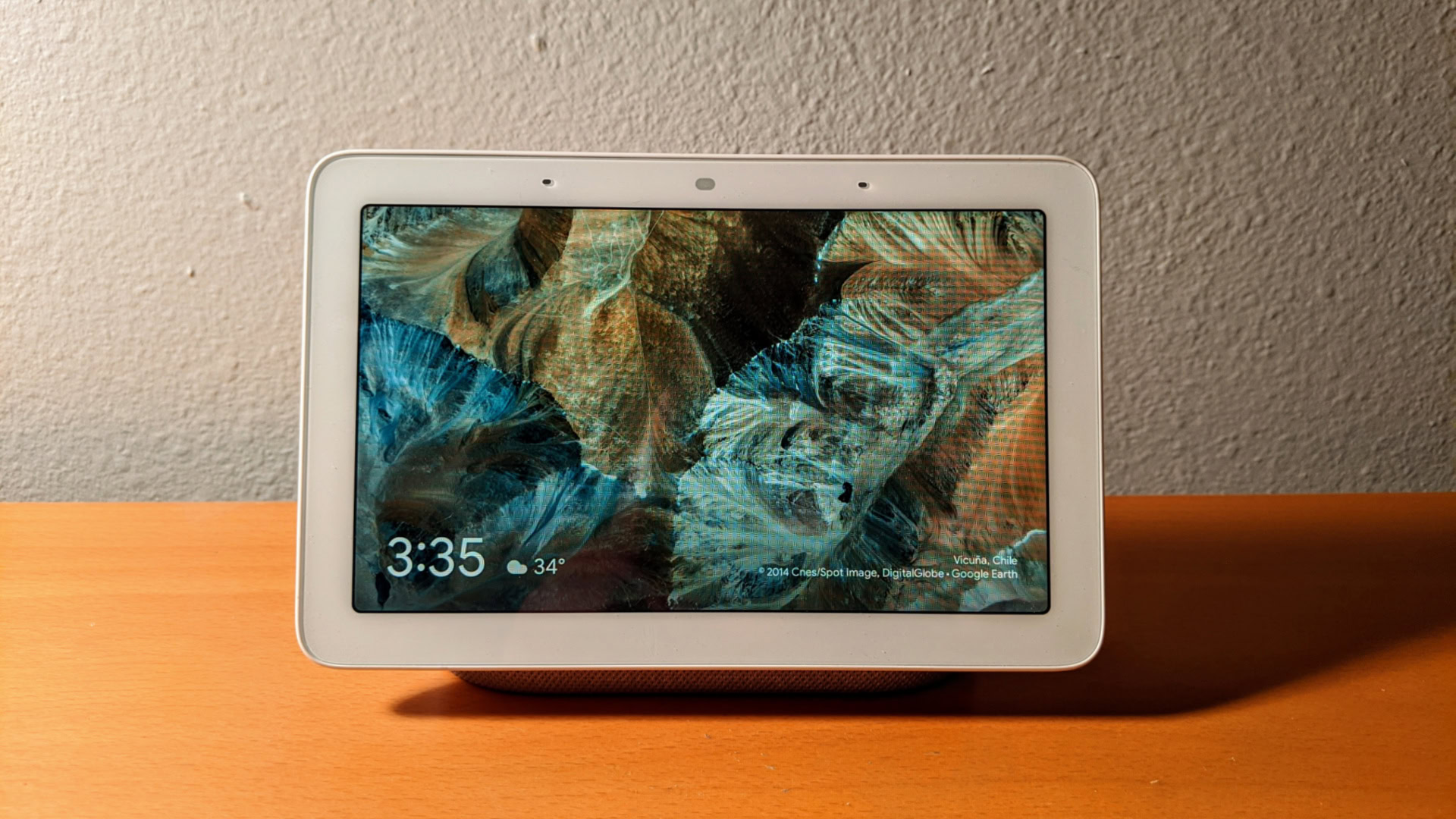












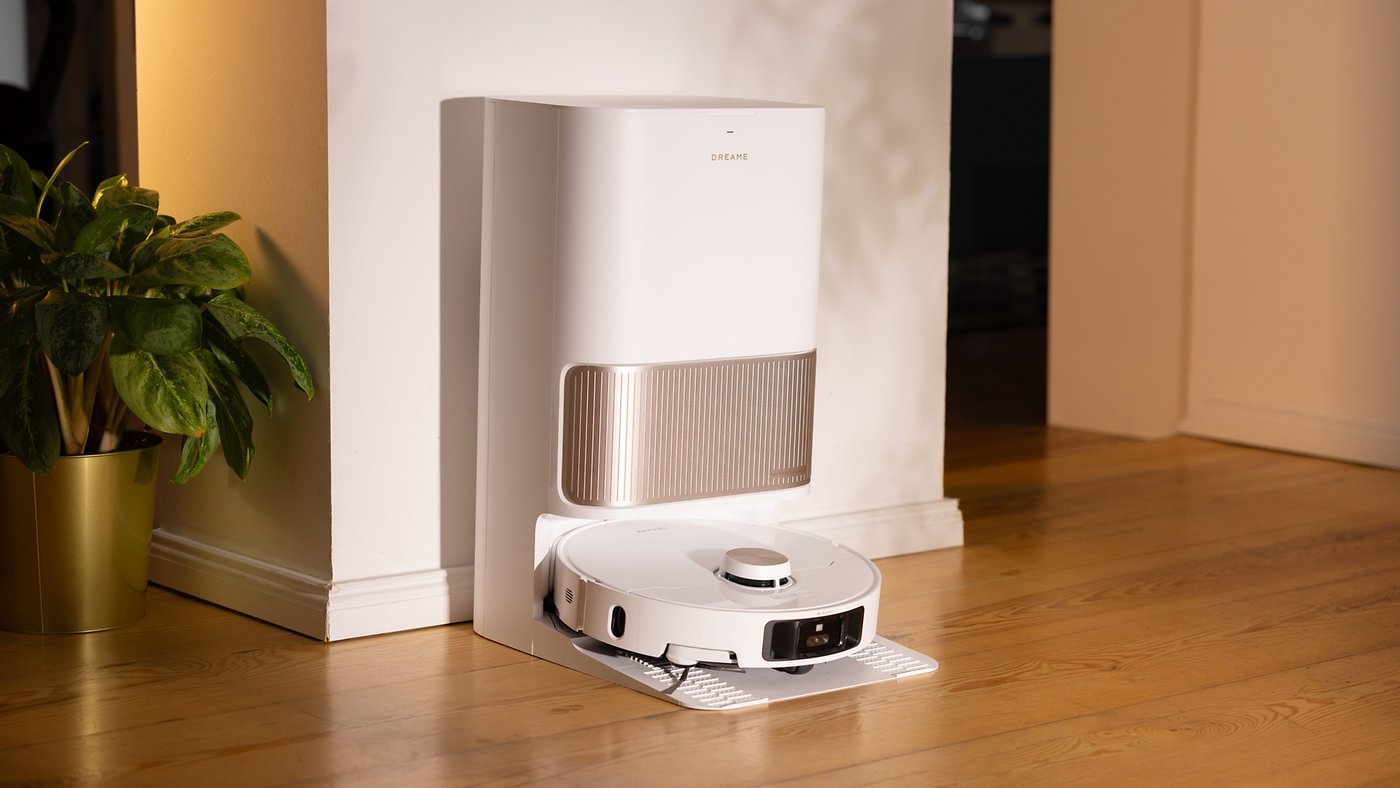


-xl-(1)-xl-xl.jpg)












![SoundCloud latest company to hit trouble with AI clause in T&Cs [U]](https://i0.wp.com/9to5mac.com/wp-content/uploads/sites/6/2025/05/SoundCloud-latest-company-to-hit-trouble-with-AI-clause-in-TCs.jpg?resize=1200%2C628&quality=82&strip=all&ssl=1)








![Epic Games: Fortnite is offline for Apple devices worldwide after app store rejection [updated]](https://helios-i.mashable.com/imagery/articles/00T6DmFkLaAeJiMZlCJ7eUs/hero-image.fill.size_1200x675.v1747407583.jpg)
























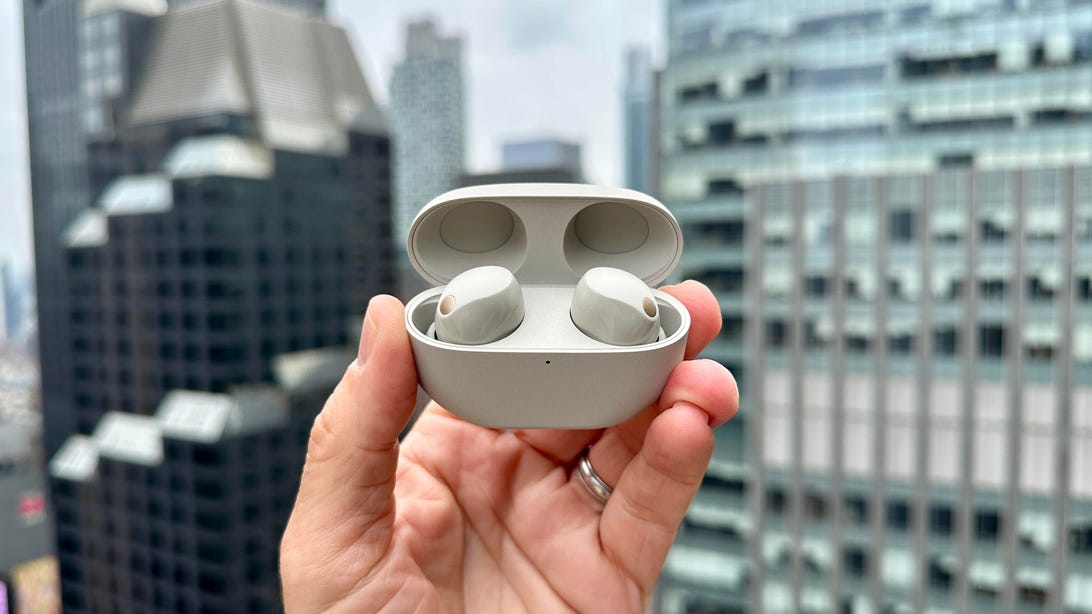

















.jpg)

















